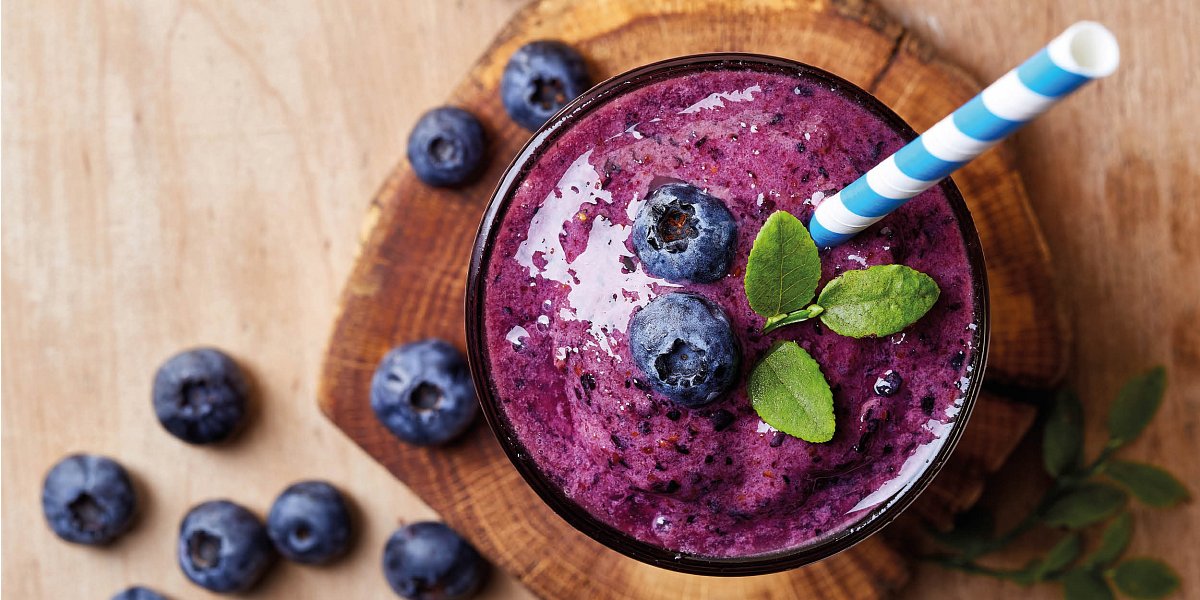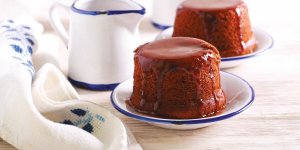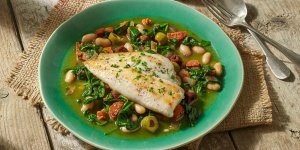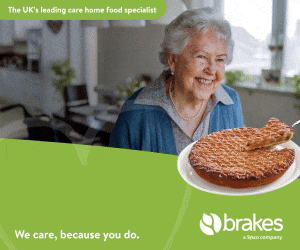Top tips for keeping residents hydrated
Keeping residents hydrated is crucial for care caterers – but it’s often easier said than done. We look at some top tips to keep water intake levels up.

The list of benefits linked to good hydration is lengthy – evidence suggests that in older people it reduces the risk of falls, kidney stones, constipation and unstable blood pressure, as well as aiding digestion and memory function. Prevention is, as they say, better than cure, and there’s a compelling case to keep residents hydrated. But, of course, you knew that. The importance of water intake for residents is well-documented, with their risk of dehydration higher than that among young people.
As we age, the amount of water in our bodies decreases, along with the sensation of thirst, making it more important for older people to drink as much as possible, even when they don’t feel thirsty. “Water accounts for two thirds of an adult’s body weight and is the main component of cells and blood so it’s extremely important for residents to stay hydrated during any time of year,” say Helen Core, Anchor’s wellbeing manager, and Noel Finnegan, its catering and hospitality manager.

Helen Core, Anchor's wellbeing manager
“Particularly relevant to care home residents, water helps prevent falls by reducing dizziness and confusion, helps regulate body temperature, is good for joint lubrication and kidney function and assists with the management of skin conditions.” When added to the fact that certain medications also create an elevated risk of dehydration, it’s easy to see why it’s such a common problem in care homes. The facts may be clear – but the reality of encouraging residents to drink regularly can be much less straightforward.
Making any drinks served more enticing is a good place to start, and will increase your chances of residents giving them a try. Themed food and drink days and activities are one way to drive interest. “At Anchor we value individual tastes while encouraging residents to try new things such as by holding monthly themed food days. This is no different for beverages whether it be juices, shakes or teas,” Core says.
A glass of water may be what we associate with hydration, but there are other ways to keep residents’ fluid levels up. Smoothies and juices, for example, increase both nutrition and fluid intake. To highlight the importance of staying hydrated during the winter months, Anchor ran its Juice into January initiative this year.
Care homes around the country blended up new juice flavours, including tropical fruit and kiwi and banana smoothies. Homes designed activities around the initiative, creating mocktail evenings and alcohol-free cider for residents. It also served as an opportunity to learn more about the hydration benefits of water-rich foods – cucumber, for example, has a water content of 96%, while yellow melon has 91% and oranges 86%.
Operators looking for new ways to keep water levels up could explore fruit trays and snack plates with high water content foods. “The food we eat plays a huge role in keeping up fluid levels so it’s important to incorporate lots of fruits and vegetables, such as cucumbers, tomatoes and oranges, into residents’ diets to help them stay hydrated,” Core says.
“Creating a positive and enjoyable dining experience in pleasant settings and taking residents’ preferences into account are also vital to supporting residents in staying well-hydrated and well-nourished.” Homes took to social media to post about their recipes, sharing tips and success stories with not just colleagues, but others in the sector.
“Top tips about hydration and imaginative drinks recipes were shared daily throughout the month for care home teams to try out with their residents,” Finnegan says. “From hot beverages, to fortified juices, nutritious smoothies and creative shakes, every resident was bound to find a favourite and everyone across the organisation was encouraged to share their own recipes using the hashtag #JuiceIntoJanuary.” It won’t always be an easy task, but with the right support and focus, there are plenty of methods care caterers can try to keep their residents well-hydrated and healthy.
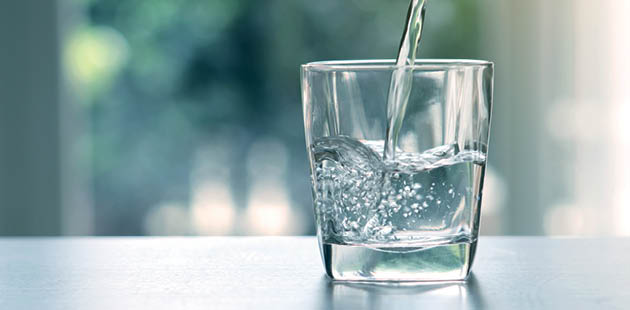
Chef's top tips
We asked Castlemeadow Care peripatetic regional head chef Kay Whiteside, who won our Care Home Catering 2020 Chef of the Year Award, for her advice on keeping residents hydrated. She says a simple measure caterers can consider to improve hydration is to reassess the routines they have in place. “Residents may have breakfast at 8am, then a tea trolley in the morning, lunch at 1pm and another tea trolley and so on,” she says. While routine can be positive, she says it risks residents not seeking drinks outside those hours when they might need one, and says encouraging them to instead ask for a drink when they want one could increase water intake.
Hydration stations dotted around the home, with jugs and cups available, will encourage residents – where they are able to – to get a drink when they need one. Small tweaks which reflect what residents are used to at home may have an impact, too – while Whiteside says homes must consider safety, she says enabling residents to drink from mugs and glasses, rather than plastic cups, is worth exploring.
Maximising opportunities to increase hydration through food is also key, she says, saying that always having a soup option on menus provides an opportunity for not only a nutritious meal, but a chance to increase liquid levels. “Smoothies are good, as well as hot chocolate drinks – we can make them as fun as possible, with cream and marshmallows,” she says, adding that flavoured milks are also useful, particularly when given a nutrition kick through being made with fresh fruit such as bananas.
Whiteside says Jelly Drops, award-winning sweets designed to boost hydration which are 95% water, sugar-free and with added electrolytes, are a useful tool for caterers to have in their arsenal – taking them around on a tray during points of the day can boost hydration. And if all measures fail, Whiteside says ensuring hydration levels may come down to gentle encouragement – sitting and enjoying a cup of tea with a resident, for example.
Simple pleasures
Of course, not everything we drink is consumed with health in mind – a cup of tea or morning coffee is a welcome, familiar habit, which brings enjoyment and comfort. Finnegan says while residents should be able to enjoy the treats they know and love, nutrition levels should still be considered, including keeping an eye on sugar. “More consumers are looking to reduce their sugar intake and cutting down on sugary beverages is a great way to do this,” he says.
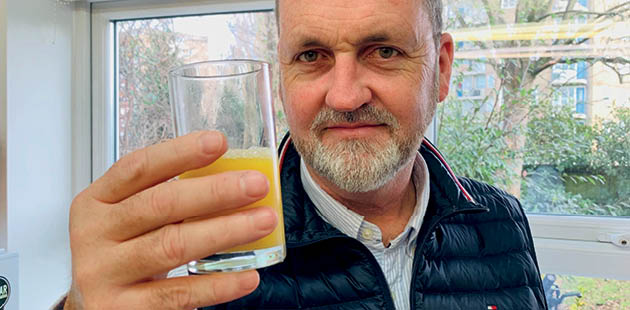
Noel Finnegan, Anchor's catering and hospitality manager
“Although there is nothing wrong with a treat, striving to create wholesome and nutritious beverages for residents is important for maintaining hydration and wellbeing.” A biscuit and a cup of tea go hand-in-hand as one of life’s great duos, and they are a classic combination in care homes. Nykki Bezer, director of foodservice product and marketing at Burton’s Biscuit Company, says residents’ consumption and enjoyment of hot drinks can be boosted by enjoying it with a sweet treat, such as its individually-wrapped Bronte range.
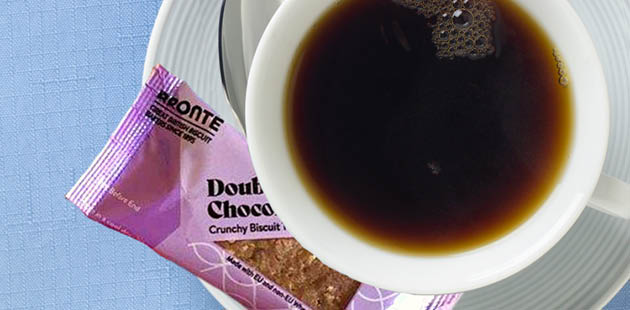
“In a world of healthy eating messages and campaigns, residents are not willing to sacrifice all of life’s simple pleasures, with many seeking a more balanced approach when it comes to food and drink,” she says. “Our research shows that the majority still want to indulge themselves with their hot beverage accompaniment, which has led to increased demand for treat biscuits.”
While Britain might be a nation of tea-drinkers, coffee follows hot on its heels, and care home residents are no exception. David Rees, marketing manager at Hubbard Systems and Taylor UK, says operators should be aware of the demand among consumers for good quality coffee, pushed forward in part by the Covid lockdowns, during which people looked to create barista-style coffee they were used to at home. While hot drinks remain popular, Rees says iced options are growing increasingly so. But he warned caterers considering exploring iced drinks in care settings to be mindful of hygiene when it comes to ice machines and handling, saying they should consider looking into machines which reduce the risk.
While the move towards a vegan diet is less widespread in care settings than in the general public, chefs will be catering for residents who are either plant-based or dairy-intolerant. With this in mind, Michelle Younger, head of marketing at Aimia Foods, says its Horlicks has introduced a vegan blend for foodservice in response to more residents becoming plant-based and dairy-free. “Horlicks is a taste loved by the nation, particularly the older generation due to the warming flavours and feelings of nostalgia that this malted drink brings, hence why many care homes have been offering Horlicks to residents for decades,” she says.


